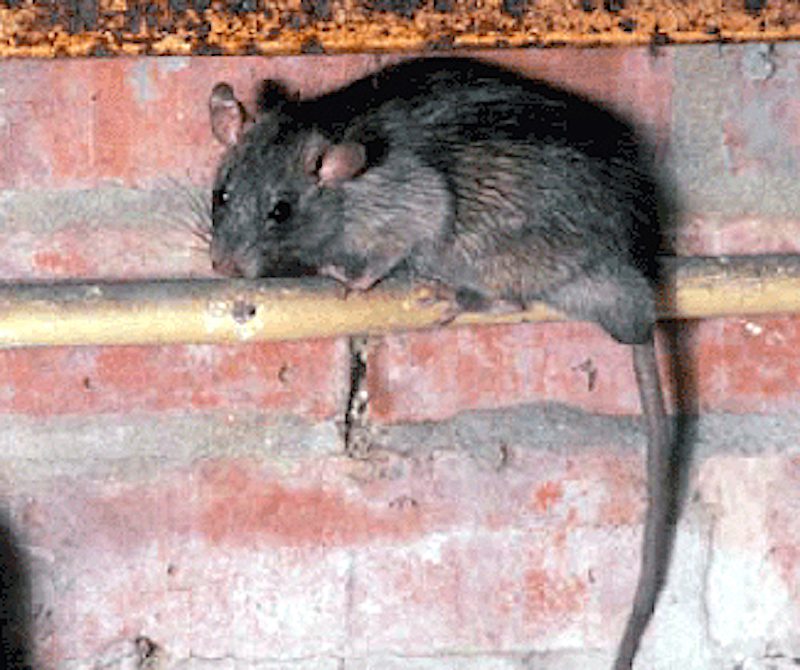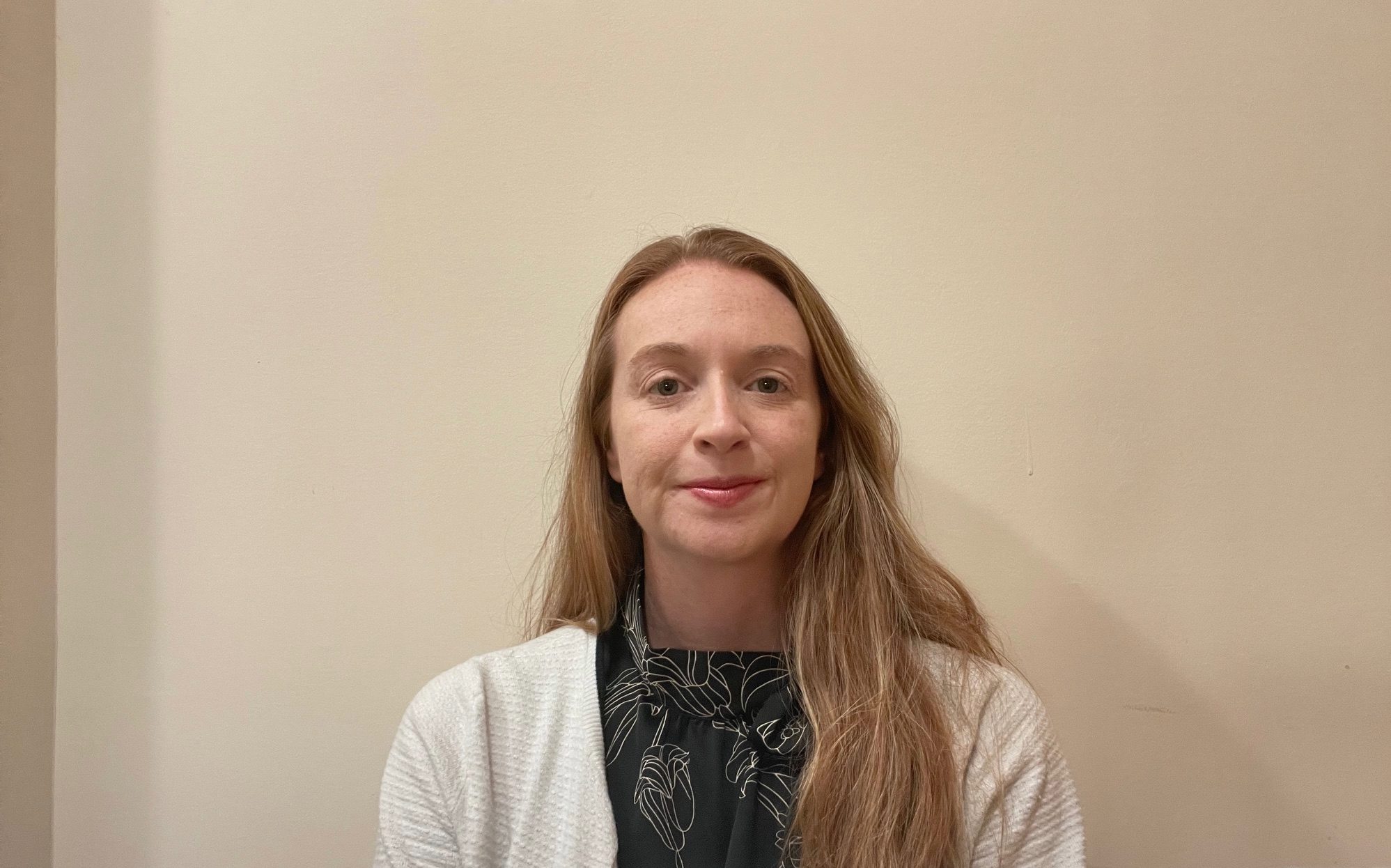CLEMSON, South Carolina — Bartram’s Bass are a rare catch for fishermen to land on their hooks and a Clemson University fisheries ecologist is working to ensure that thrill continues to be possible for outdoor sportsmen.

Black basses are the most popular freshwater sportfish in the United States, and the Clemson area is home to one of the rarest of all: Bartram’s Bass. Historically known as Redeye Bass, Bartram’s Bass was recently determined by scientists to be a unique species that occurs in — and only in — the Savannah River basin in western South Carolina and eastern Georgia. But due to hybridization with invasive species and habitat degradation, Bartram’s Bass face an uncertain future.
In collaboration with the South Carolina Department of Natural Resources (SCDNR) and the Southeastern Aquatic Resources Partnership, Clemson assistant professor Brandon Peoples’ research seeks to determine habitats where pure Bartram’s Bass still remain and what it is about those areas that makes them resistant to hybridization.
“That’s important information to have because Bartram’s Bass doesn’t live anywhere else in the world,” Peoples said. “Bass can hybridize naturally in their native range. However, if we lose this unique genetic lineage of Bartram’s Bass in the Savannah, then there’s nowhere else to get them from. They’re just gone.”
Named after famed American naturalist William Bartram, who came through the area in the late 1700s, Bartram’s Bass thrived in reservoirs such as lakes Jocassee and Keowee until the mid-1980s prior to the intentional introductions of other bass species, such as Alabama Bass, or Spotted Bass, into some of those reservoirs.

A larger and more aggressive species, invasive Alabama Bass tend to hybridize with Bartram’s Bass and scientists are learning that throughout much of their range — the Savannah River basin includes all the reservoirs from Thurmond Lake to Lake Jocassee — Bartram’s Bass are being replaced by Alabama Bass and hybrids.
While preserving Bartram’s Bass matters to those for whom fishing is a favorite recreational pastime, it is an equally important tool for scientists to use in understanding the water quality in the Savannah River basin.
Peoples’ project is an important step toward implementing conservation strategies that will benefit not only Bartram’s Bass, but also overall water quality and aquatic ecosystems as a whole.
The research takes an innovative approach of using detailed life history parameters of key species to define priorities for land restoration and conservation. It also will fill critical knowledge gaps in the life history and ecology of a species that lives nowhere else in the world but in the Savannah River basin.
The Department of Natural Resources and Peoples’ team have sampled around 150 locations in the Savannah River basin; so far the largest Bartram’s Bass they’ve landed is only about 14 inches and the oldest about 10 years old. The long lifespan and slow growth of Bartram’s Bass makes the species particularly vulnerable to threats since it takes the populations so long to replenish.
“Bartram’s Bass could be an important sentinel species for a couple of reasons,” Peoples said. “One reason is that they’re endemic to the Savannah, so they are obviously a conservation priority. And secondly, they’re a sport fish. Don’t let the size fool you, they’re fun to catch and live in beautiful stretches of river. Preliminary evidence suggests the presence and hybridization of Bartram’s Bass is related to the amount of forested land cover in a watershed. Coupling these variables with estimations of their growth rate as indicators of ecosystem health can help us prioritize areas for restoration to benefit all species, not just Bartram’s Bass.”
As the principal advocate for and steward of the state’s natural resources, the Department of Natural Resources is charged with conservation of native species such as Bartram’s Bass, which is listed among the highest conservation priority species in South Carolina’s State Wildlife Action Plan due to its reliance on a high-quality aquatic habitat and clean water, as well as threats from invasive species.
“SCDNR has been collaborating with Clemson University for over the past two years as partners on a project to identify hybridization rates and spatial dynamics of native populations of Bartram’s Bass interacting with introduced populations of Alabama Bass,” said Mark Scott, adjunct faculty in the agency’s Clemson field office. “Clemson’s research to define spawning requirements and describe other elements of bass life history will contribute to our understanding of where Bartram’s Bass are thriving and where there are problems due to interactions with non-native species. This joint research effort is critical to conservation and management of Bartram’s Bass going into the future.”

Peoples’ work with SCDNR and the Southeastern Aquatic Resources Partnership (SARP) began in 2016 as part of the National Fish and Wildlife Foundation (NFWF) Native Black Bass Initiative, which recognized that many endemic black bass species in the Southeast were experiencing similar threats from habitat loss and genetic deterioration.
“Hybridization is a threat to almost all the endemic black bass species in the Southeast, not just Bartram’s Bass. NFWF recognized that problem and the Upper Savannah River basin was a key priority area,” Peoples said.
Vance Crain, Native Black Bass Initiative coordinator for the Southeastern Aquatic Resources Partnership, said Peoples’ research allows the partnership to fill critical information gaps for the conservation of such species as Bartram’s Bass.
“Understanding the role introgression or habitat degradation play in the conservation of endemic species is vital for scientists and natural resources managers to effectively protect or improve aquatic condition,” Crain said. “Through SARP’s partnership with Clemson, we are better able to understand key life history requirements and make informed decision on specific management actions. The Bartram’s Bass has been identified as a keystone species by the Native Black Bass Initiative, being an indicator for overall aquatic resource health, and where the protection of healthy habitats ensures conservation of not only Bartram’s Bass but a host of other species. This partnership with Clemson not only helps Bartram’s Bass but also the watershed in which it resides, and it allows SARP to effectively allocate its limited dollars, ensuring the greatest benefit for the species and aquatic resource.”
The initial project had two goals: first, to understand what habitats Bartram’s Bass need to successfully reproduce and, second, to understand where in the Savannah River Basin, both in South Carolina and Georgia, genetically pure Bartram’s Bass remain. That research, in turn, led scientists to a number of other questions, such as understanding the growth of Bartram’s Bass.
Peoples’ current research seeks to quantify variation in growth rates — a key component of individual fitness — of Bartram’s Bass throughout the Savannah River basin, identify the watershed-scale factors that control growth rates of Bartram’s Bass and identify key locations and implementation strategies for stream restoration.
Based on those results, they will use the South Carolina Stream Assessment tool to model potential restoration alternative scenarios that maximize key locations and strategies for improving growth of Bartram’s Bass.

“Identifying what factors make good strongholds for pure Bartram’s Bass and where they are heavily hybridized will be important for several reasons. First, it will let us build a predictive map of where to look for new populations. Second, it can help us identify impacted areas that may be good candidates for restoration. Finally, it can help us identify locations for collecting broodstock for supplemental hatchery stocking. This approach has been used to restore other endemic bass, such the Guadalupe Bass in Texas.” Peoples said.
Stream restoration typically involves reforesting riparian areas, ensuring there’s a buffer around the stream to protect water quality. The encroachment of non-natural land use, such as urbanization and suburban housing developments, can allow more sunlight to enter the stream and increase the water temperature as well as allowing sediment to enter the stream and negatively affect many stream organisms that have to rely on gravel and rock bottoms.
Other aspects of stream restoration involve restoring connections through dam removal. Small mill dams and other impediments can cause populations to become isolated and potentially dwindle out. However, restoring connectivity may also let invasive species access upstream habitats. So conservationists must always weigh the costs and benefits of any action.
“Clean water is important for everyone and everything,” Peoples said. “Sport fish need clean water and good habitat just like invertebrates and non-game fish. It’s important to think about water resources from an ecosystem perspective that includes services to people through drinking water, recreation, etc. We need clean water for everything, and the species that live in that water are the first responders indicating changes in water quality and quantity.”








